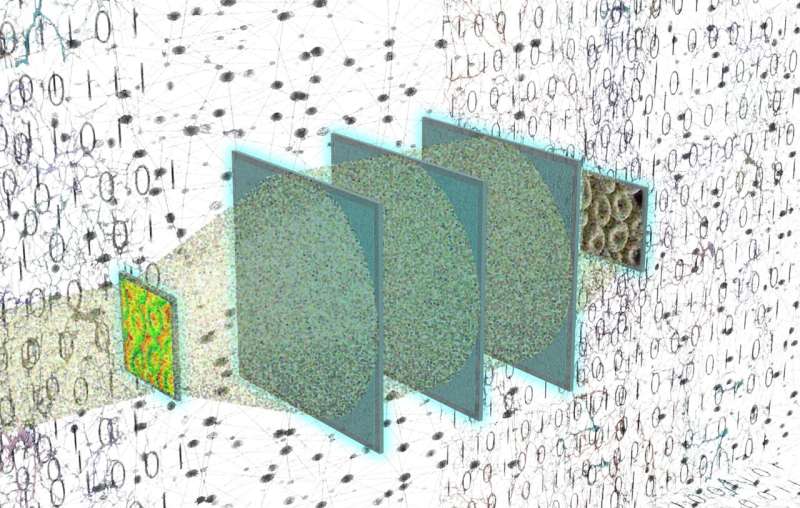
The use of isolated cells,bacteria and thin tissue sections in biological research and medical applications has been of interest for decades. Due to their optical properties, when thesephase objects are illuminated with a light source, the amount of scattered light is usually much less than the light directly passing through the specimen, resulting in a poor image contrast. Chemical stains or fluorescent tags can be used to overcome the low image contrast. External labeling and staining methods involve toxic chemicals and are often tedious.
QPI is a label-free approach for optical examination of weakly scattering, transparent phase objects. Over the past few decades, a number of digital methods have been developed to recover the object's phase image from various interferometric measurements. Pathology, cell biology, immunology, and cancer research are just a few of the applications where these digital QPI techniques have been used.
A team of optical engineers, led by Professor Aydogan Ozcan from the Electrical and Computer Engineering Department at the University of California, Los Angeles, developed a diffractive optical. Unlike the conventional QPI systems, where the phase recovery step is performed on a digital computer using an intensity measurement or a hologram, a diffractive QPI network directly processes the optical waves generated by the object itself to retrieve the phase information of the specimen. The entire phase recovery and quantitative phase images are completed at the speed of light and without the need for an external power source. The recovered phase image of the sample appears at the output of the diffractive network as an intensity image, successfully converting the phase features of the object at the input into an intensity image.
The first all-optical phase retrieval and phase-to-intensity transformation were achieved through the use of diffraction. According to the results presented by the UCLA team, the diffractive QPI networks trained using deep learning can not only generalize to unseen, new phase objects that statistically resemble the training images, but also generalize to entirely new types of objects with different spatial features. diffractive QPI networks are designed so that the input phase is invariant to possible changes in the illumination light intensity or the detection efficiency of the image sensor. The team showed that the diffractive QPI networks could be improved to maintain their quantitative phase image quality.
The diffractive QPI networks reported by the UCLA team represent a new phase image concept that, in addition to its superior computational speed, completes the phase recovery process as the light passes through thin, passive diffractive surfaces, and therefore eliminates the power consumption and memory usage required in
More information: Deniz Mengu et al, All‐Optical Phase Recovery: Diffractive Computing for Quantitative Phase Imaging, Advanced Optical Materials (2022). DOI: 10.1002/adom.202200281 arxiv.org/abs/2201.08964 Journal information: Advanced Optical Materials Citation: All-optical phase recovery and quantitative phase imaging performed instantly without a computer (2022, May 20) retrieved 20 May 2022 from https://phys.org/news/2022-05-all-optical-phase-recovery-quantitative-imaging.html This document is subject to copyright. Apart from any fair dealing for the purpose of private study or research, no part may be reproduced without the written permission. The content is provided for information purposes only.